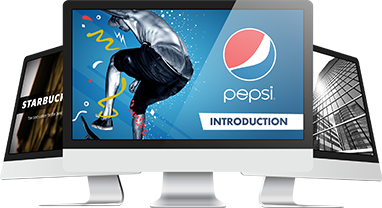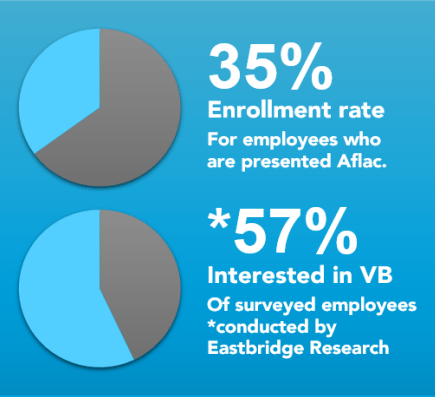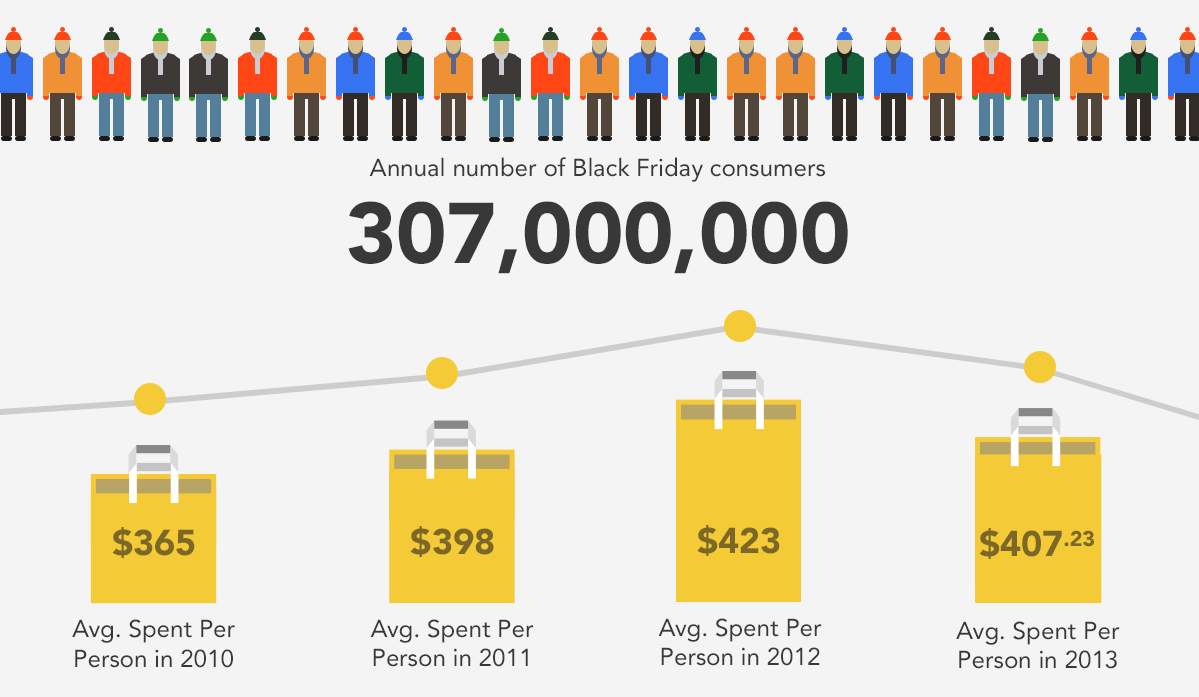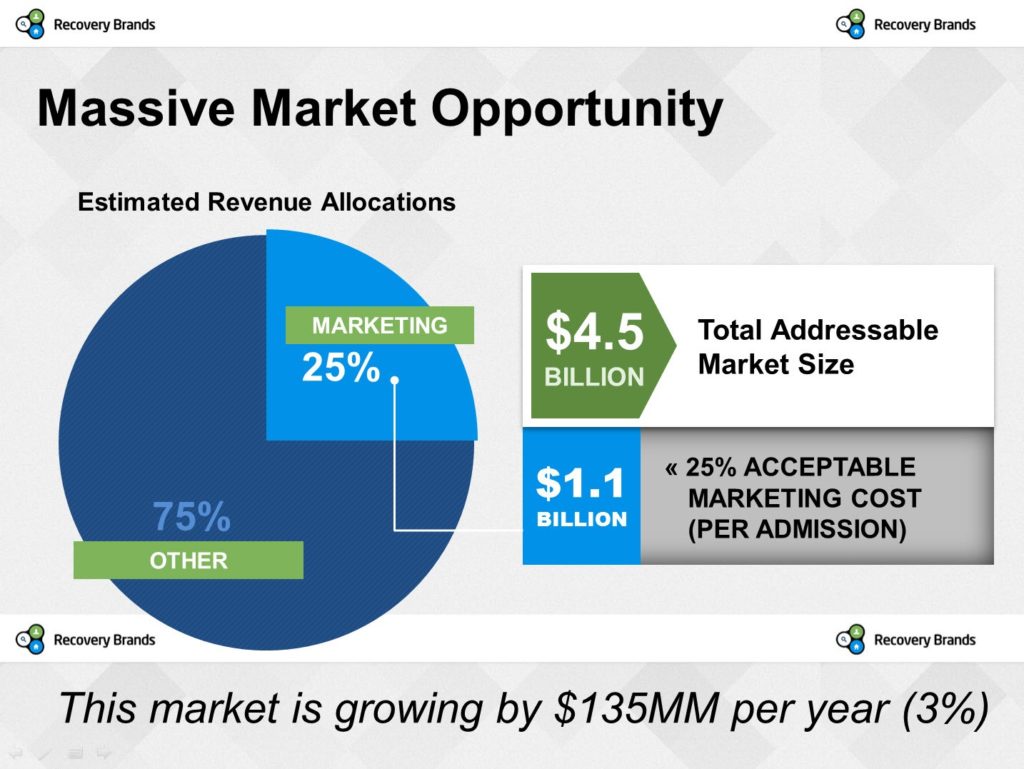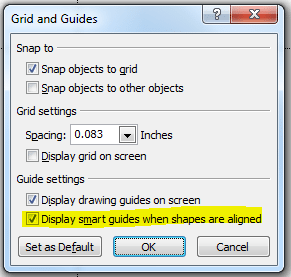PowerPoint has become a standard in today’s business communications. It’s used in any type of industry, from startups to big-scale. Although it helps convey messages, professionals tend to use this tool by following a standardized format: stagnation.
A stagnant medium means everything looks the same. Everyone starts to rely on templates, and no one stands out. While PowerPoint’s user-friendliness makes it easy to create slides for any type of pitch deck, that also makes it more susceptible to uninspired decks.
However, there are some experts in the field who are equipped with the proper skills and knowledge to pull off a stunning deck for their clients. Availing the services of these professional PowerPoint designers can help you rise above the rest. Here’s why:
Professional Slides Make You Look Good
A team of dedicated and experienced designers, copywriters, and marketing consultants give you the best pitch deck possible, ensuring you always look your best. Designs are custom-made to suit your company’s needs, while still being in line with your image and branding.
With this important responsibility off your shoulders, you can breathe easily and concentrate on your responsibilities as the presenter.
Save Time and Money
Having a professional team means you can get your slides whenever you need them.
If you’re usually in charge of making your own slides, you can instead put your efforts into something more productive. If you’re in charge of a team, you won’t have to disrupt the process or wait for a member to be free to start your deck.
Having to occasionally design pitch decks in-house disrupts an employee’s regular workflow. According to Demand Media’s George Root III well-planned task delegation is necessary for more efficient work output. This means that you need experts in the specific fields for faster, optimized work.
Outsourcing a team of professionals on standby means your people can concentrate on what they do best: working to further improve your product or service. With disturbances gone, office efficiency is boosted, saving both time and money.
Increase Returns
Nothing beats output done by experts. When you hire professional pitch deck designers, your deck’s quality will always match that of your company’s, allowing you to convert more opportunities into revenue and making your business grow.
Amazingly well-made decks ensure consistent positive feedback, maximizing returns for you and your company.
Conclusion
No matter how good of a presenter you are, you’ll always need a pitch deck that reflects your skill and talent, as well as those of your team and your company’s brand message.
Though they have become too standard for their own good, pitch decks are still your gateway to effective business communication. Hire a professional pitch deck designer now and make your business stand out.
Still unconvinced? Contact us now, and let our team of professional pitch deck designers change your mind.
References
Root, George. “Importance of Teamwork at Work.” Chron. Accessed July 24, 2015.

